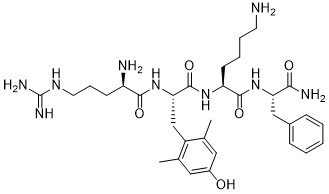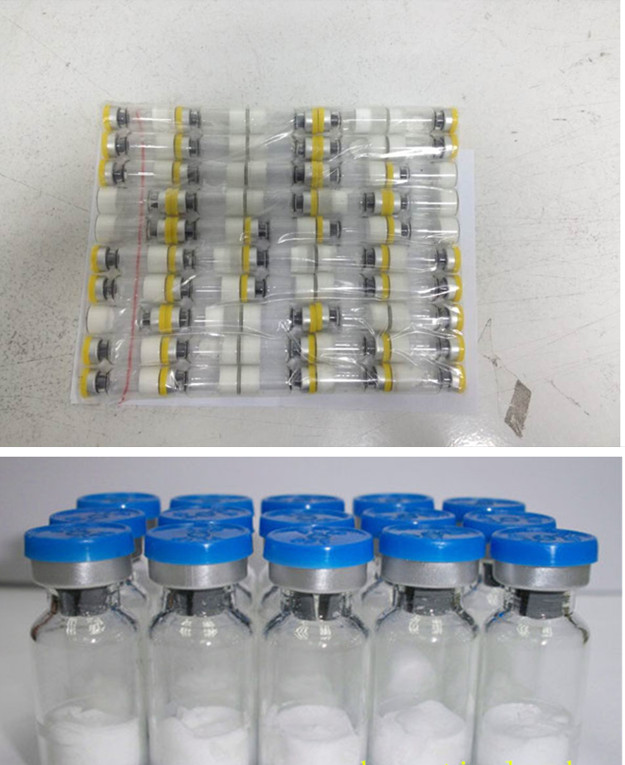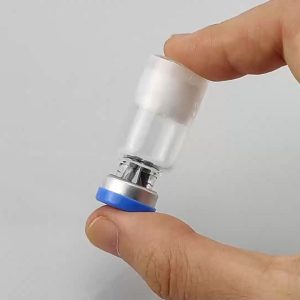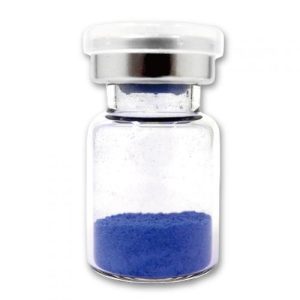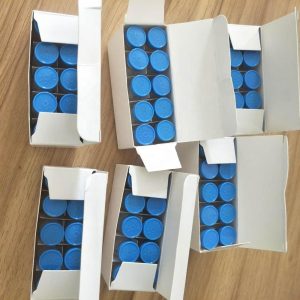Elamipretide (also known as SS-31, , MTP-131 and Bendavia) is a small mitochondrially-targeted tetrapeptide (D-Arg-dimethylTyr-Lys-Phe-NH2) that appears to reduce the production of toxic reactive oxygen species and stabilize cardiolipin.
Elamipretide benefits
The mechanism of action of It with mitochondria has been clearly demonstrated. The compound has also shown promising results in a range of indications including primary mitochondrial myopathy, heart failure, dry age-related macular degeneration, Bart’s syndrome, Huntington’s chorea, acute kidney injury, heterochromatic iridocyclitis, and Leber’s hereditary optic neuropathy, etc. The relevant results have been published in nearly 100 academic journals, and it has also been approved by the U.S. FDA for a number of indications for entry into clinical trials.
Elamipretide (SS-31)dosages
It have no established dosage information or route of administration. In clinical trials, It was administered with intravenous or subcutaneous injection with the dosage of 10 mg/day.
Elamipretide Side effects include:
Lam
Mild redness or itching at the injection site
Headache
Dizziness
Elamipretide peptide Chemical Properties
density 1.34±0.1 g/cm3(Predicted)
solubility Methanol (Slightly), Water (Slightly)
pka 10.10±0.25(Predicted)
form Solid
color White to Off-White
Stability: Hygroscopic
InChIKey SFVLTCAESLKEHH-WKAQUBQDSA-N
SMILES C(N)(=O)[C@H](CC1=CC=CC=C1)NC(=O)[C@H](CCCCN)NC(=O)[C@H](CC1=C(C)C=C(O)C=C1C)NC(=O)[C@@H](CCCNC(N)=N)N
More Introduction:https://en.wikipedia.org/wiki/Elamipretide

